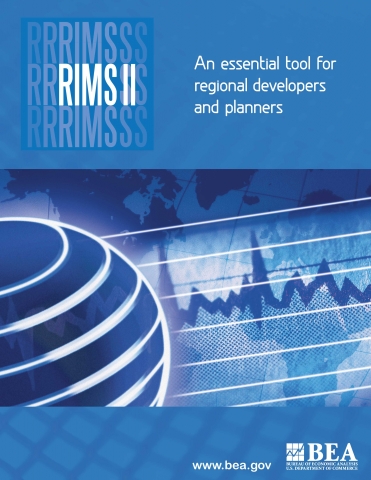Apr212015
Posted at 3:05 PM
When a disaster strikes, understanding the economic impact on the affected community is a key to developing a recovery plan. BEA’s regional input-output modeling, RIMS II, provides disaster recovery officials a tool to model the impact on an affected community.
For instance, if a hurricane forces the temporary closure of oil refineries, fisheries or ports in a region, the disruption could affect the overall regional economy. RIMS II provides local officials with a cost-effective way to estimate that impact on the overall regional economy.
RIMS II is already widely used in both the public and private sectors for estimating the economic impact of an event, construction project, or other change in a local economy. In the public sector, for example, state and local government officials use BEA’s regional modeling system to estimate the regional impacts of military base closings. State transportation departments use it to estimate the regional impacts of airport construction and expansion. In the private sector, business people, analysts and consultants use BEA’s regional model to estimate the regional impacts of a variety of projects, such as the development of shopping malls and sports stadiums.
To effectively use BEA’s regional modeling system, users must provide detailed information on the initial changes in output, earnings, or employment in each region and industry affected by a disaster. For instance, a disruption may lead to a lengthy layoff of 1,500 workers at a local port. The multipliers can then be used to estimate the total impact of the disaster on regional output, earnings and employment.
Earlier this year, BEA announced some changes to the regional input-output modeling system. The updated model will continue to produce regional “multipliers” that can be used in economic impact studies to estimate the total economic impact of a project on a region and will still be updated with new regional information on an annual basis. The main difference is the underlying national information used in the model will be updated on a less frequent basis. The important regional information used in the model will still be updated on an annual basis.
This is just one way BEA’s products support a key pillar of the Department of Commerce’s strategic plan. That is – ensuring “communities and businesses have the necessary information, products and services to prepare for and prosper in a changing environment.”

